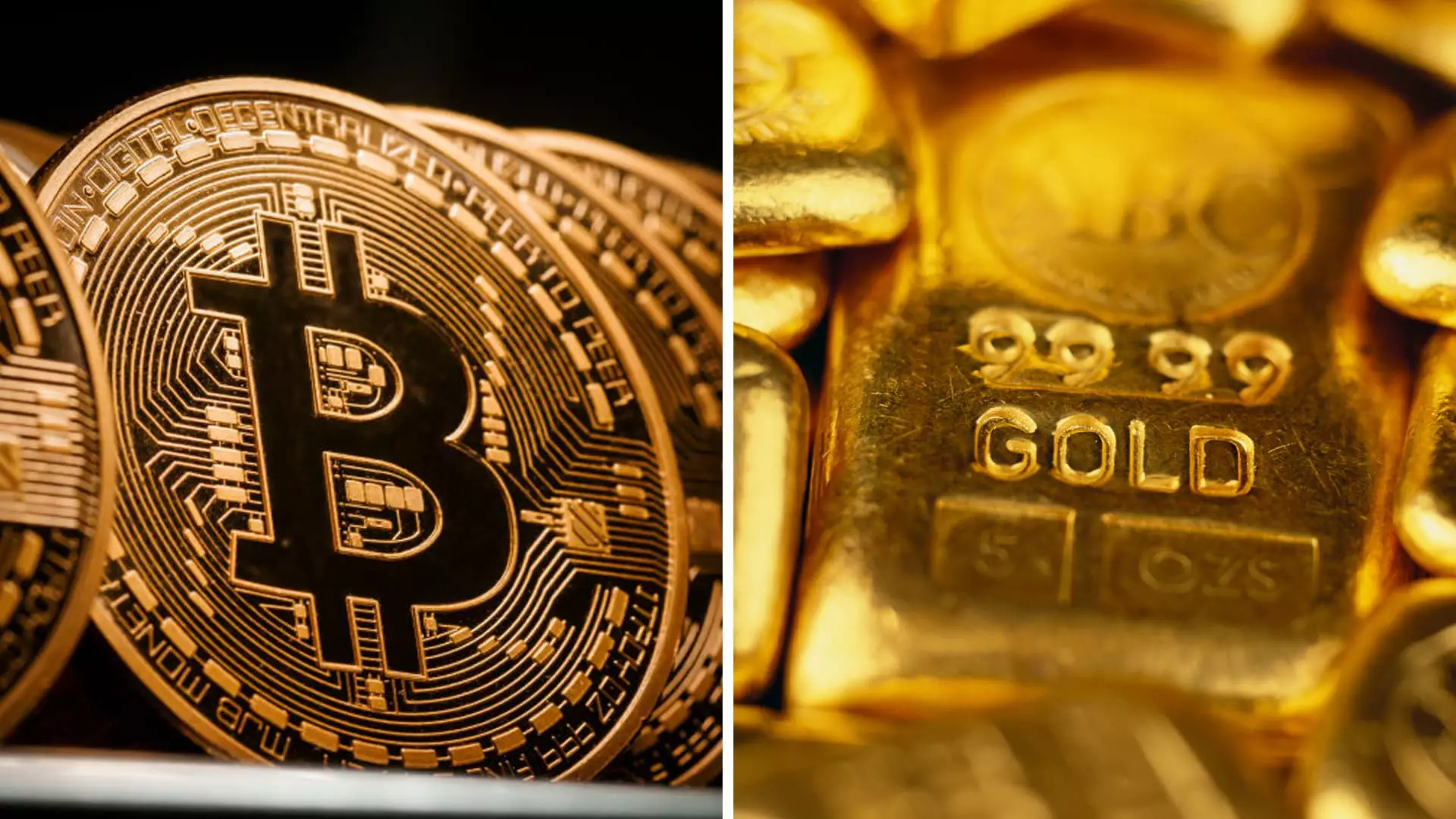As the price of Bitcoin continues to escalate, some investors may find themselves lured into a false sense of security. George Milling-Stanley, chief gold strategist at State Street Global Advisors and a pivotal figure behind the SPDR Gold Shares ETF (GLD)—the largest physically backed gold ETF—raises alarm bells about this growing trend. He asserts that while Bitcoin and other cryptocurrencies may present alluring returns, they lack the foundational stability that has long characterized gold as a safe haven asset.
Milling-Stanley’s comments come during a momentous occasion for gold investors, as the GLD ETF celebrates its 20th anniversary. With gold having substantially appreciated over the last two decades, from just $450 an ounce to its current values, the contrast between gold and Bitcoin becomes even more pronounced. While Bitcoin may have popped to an all-time high recently, the volatility inherent in cryptocurrency stands in stark opposition to gold’s historical resilience.
Gold’s Historical Stability vs. Bitcoin’s Speculative Nature
Historically, gold has served as a reliable store of value and a hedge against market uncertainty. According to Milling-Stanley, individuals attracted by the vigorous returns of cryptocurrency may wish to reassess their strategies. He suggests that the intrigue surrounding Bitcoin, often characterized by terminology like “mining,” is a misdirection. Such phrases are crafted to echo the rich historical narrative associated with gold, even though they obscure the fundamentally different nature of cryptocurrency generation, which is rooted in advanced computation rather than the physical extraction of a commodity.
While investors may pride themselves on riding the cryptocurrency wave, it’s essential to remember that Bitcoin represents a risky speculative asset rather than a tangible safeguarding mechanism—unlike gold. With Bitcoin proponents manipulating narratives to suggest a more stable footing, the risks become increasingly hard to ignore.
Milling-Stanley acknowledges that predicting the future of these investments is inherently fraught with uncertainty. As gold recently experienced its highest weekly performance since March 2023, reaching new price milestones, the case for gold as a timeless asset remains strong. His projections hint that if gold continues on its historical trajectory, prices could theoretically soar to unprecedented heights in the forthcoming decades.
However, the strategic disconnect lies in Bitcoin’s inherent unpredictability. While the allure of generating quick returns can be compelling, the danger is that investors may overlook the long-term implications of their choices. The reality remains that while gold offers a level of security and predictability, the crypto landscape is often marked by turbulence and speculation.
In a rapidly changing investment landscape, understanding the contrasting natures of gold and Bitcoin could greatly impact financial strategies. While Bitcoin may present itself as an attractive investment vehicle, George Milling-Stanley urges caution, advocating for a more measured approach in line with long-standing investment principles. The lesson here is to balance the excitement of potential high returns with a grounding in the historical security that gold provides—a strategy that could fortify investor portfolios against the unpredictable tides of financial markets.

